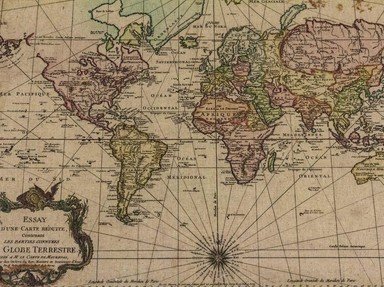Quiz Answer Key and Fun Facts
1. Pula, Croatia is famous for many well preserved Roman buildings including an amphitheater. It is also home to a temple dedicated to which Roman Emperor?
2. The Arch of Hadrian was built in the ancient city of Jerash to commemorate the visit of the Emperor Hadrian. In which modern day country is Jerash located?
3. Among the many historical ruins found in Ephesus, Turkey, one of the best known is the building shown in the picture. What purpose did it originally serve?
4. Baalbek in Lebanon is home to two of the grandest Roman temple ruins outside of Italy. One of these is the Temple of Bacchus. Bacchus is the Roman God of what?
5. What sport, more commonly associated with Spain, takes place at the amphitheater in Arles, France during the Feria d'Arles?
6. In which country would you be able to see the Aqueduct of Segovia, a Roman aqueduct believed to have been constructed in the 1st century AD?
7. Which English city was named "Aquae Sulis" by the Romans for the hot springs found there?
8. Another place to view impressive Roman ruins is Leptis Magna. Which modern day country is it located in?
9. What kind of structure is the Porta Nigra, found in the city of Trier, Germany?
10. The UNESCO World Heritage site of Volubilis is found in which country?
Source: Author
zorba_scank
This quiz was reviewed by FunTrivia editor
agony before going online.
Any errors found in FunTrivia content are routinely corrected through our feedback system.
